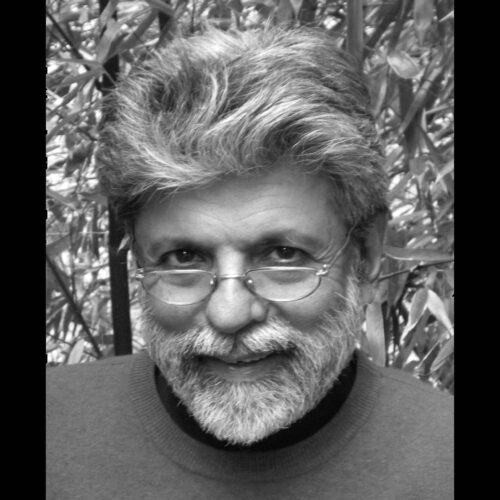MORPHOLOGY STUDIOS 2016-17
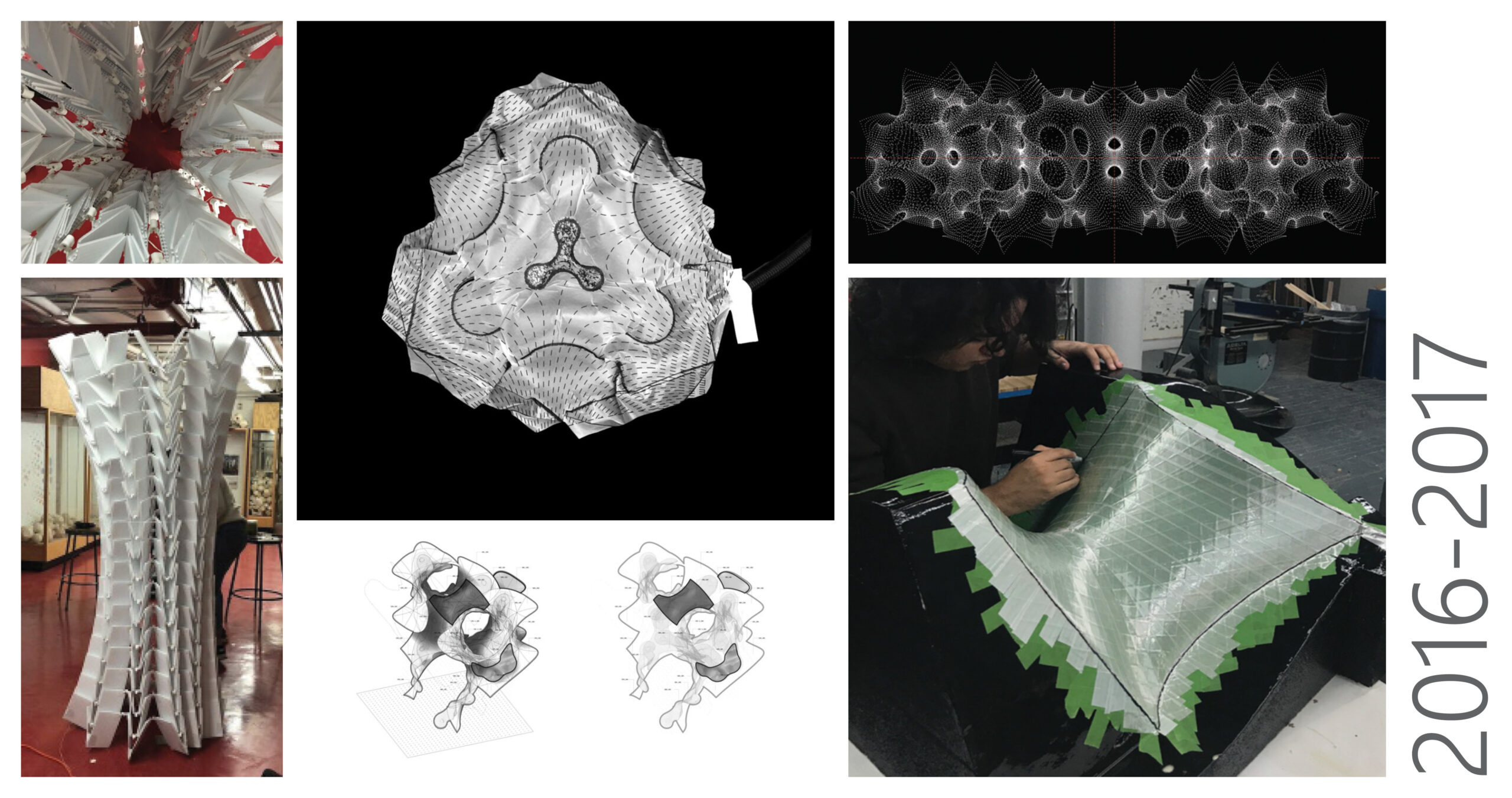
FORM AND FORCE
Exploration of space structure through geometry and topology leads to new ways of shaping form and space. The seminar explores their generation, visualization and construction for potential architecture applications. Fall semester focuses on analog methods and technologies and Spring semester focuses on digital techniques for these explorations. Fundamental principles of space, viewed through geometry and topology, are used to explore the architectonic possibilities of topological surfaces and spaces. These principles provide powerful tools to discover new ways to shape space. As one example, minimal surfaces exemplify a way to divide space using continuously smooth and negatively curved (non-Euclidean) surfaces using least surface (hence economy of material used.) Students learn how to “deconstruct” such surfaces, redesign them by adapting to various materials and fabrication means. Using hands-on experiments and discovery in physical realization of geometric and topologic concepts, supported by digital means, students explore such topological construction at small and large scales for potential architectural applications using physical modeling techniques. This course is a companion to Form and Time & Form and Force, as part of the Morphology Minor at the Center for Experimental Structures.
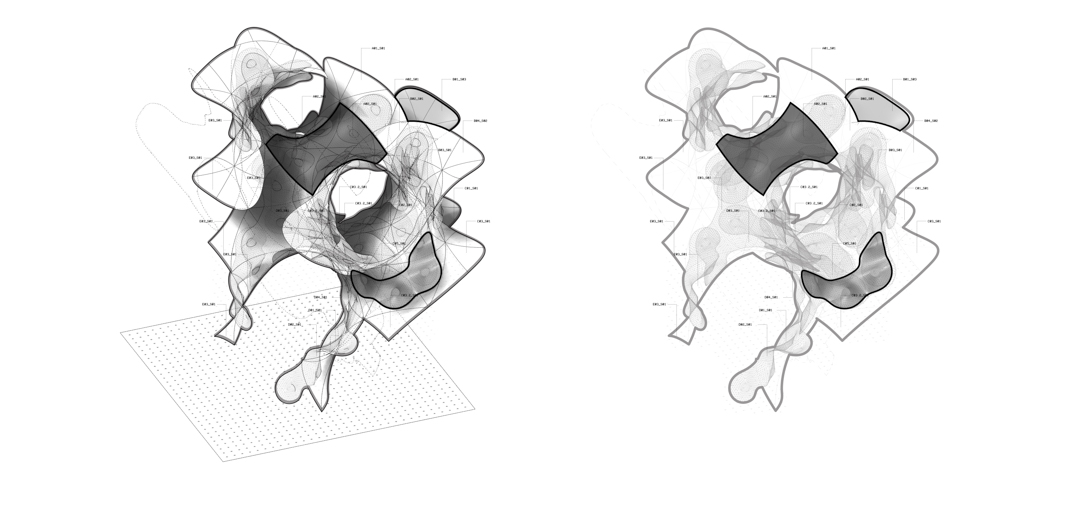
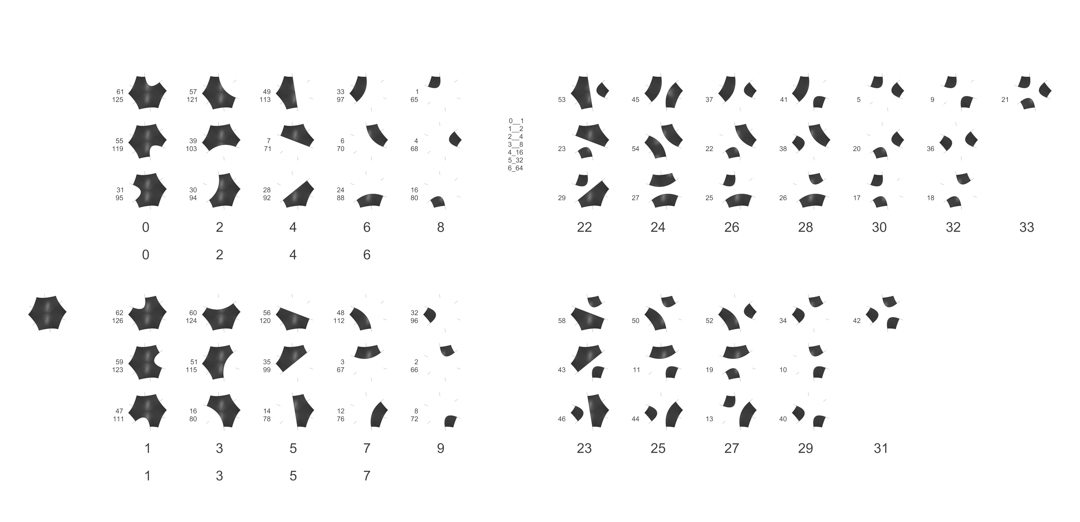
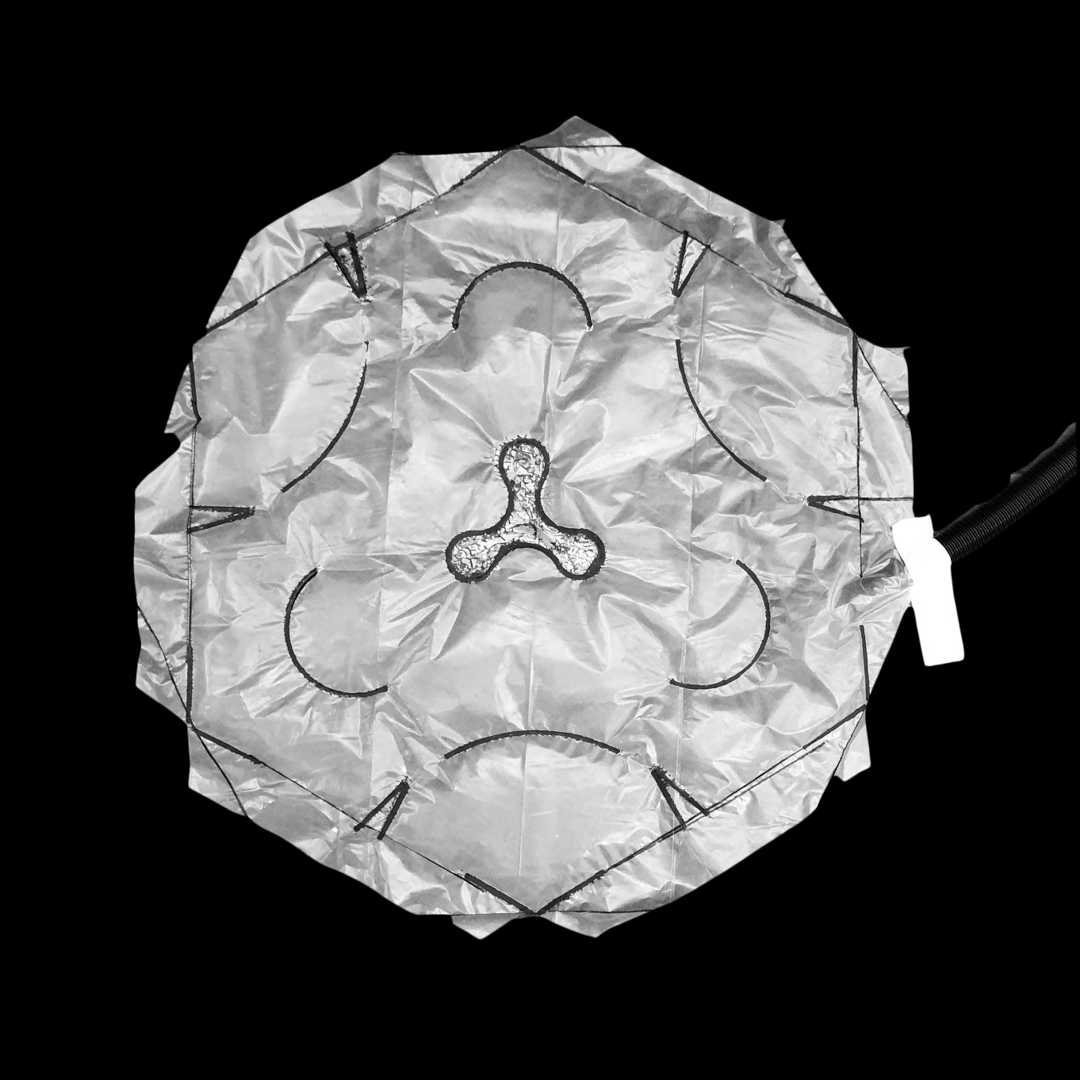
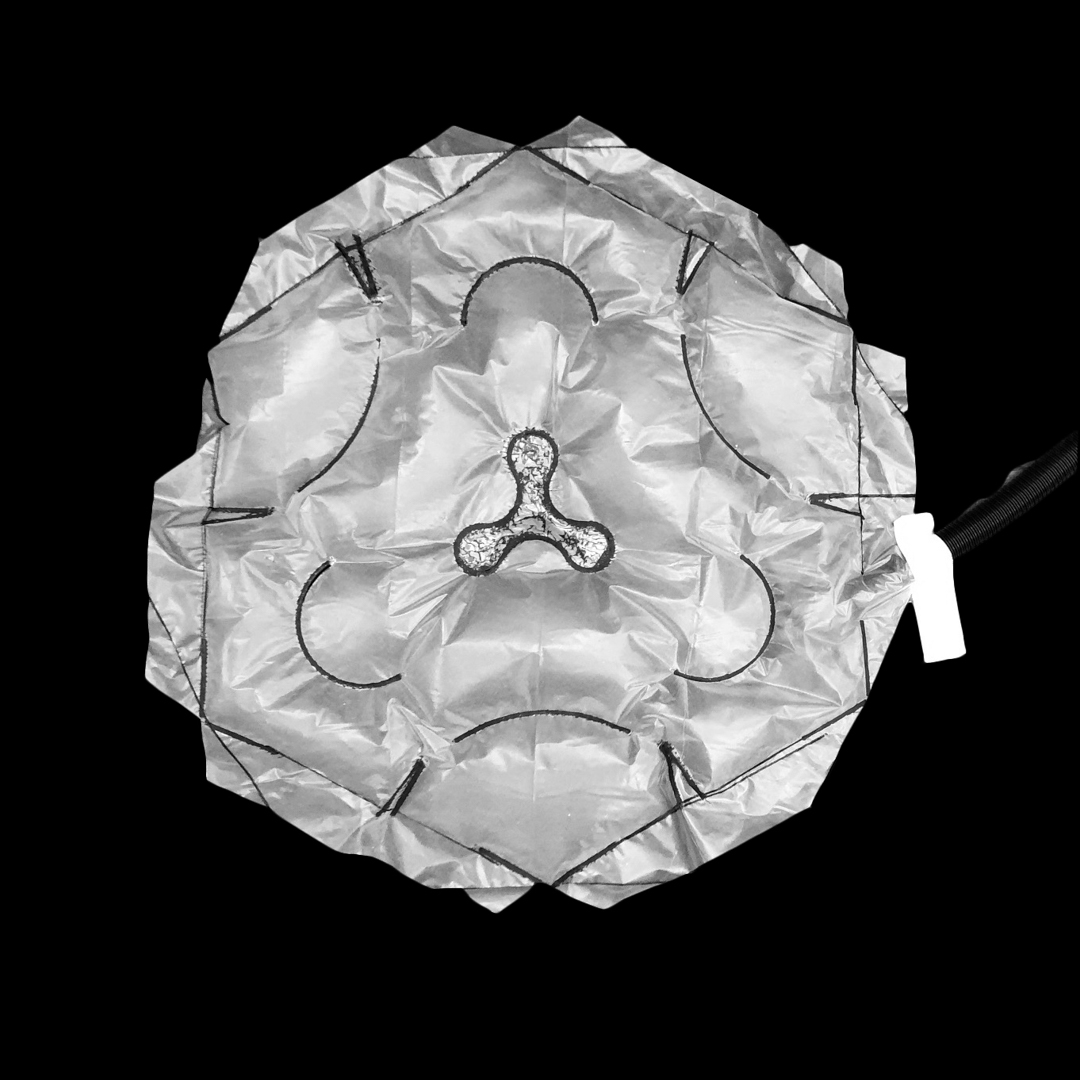
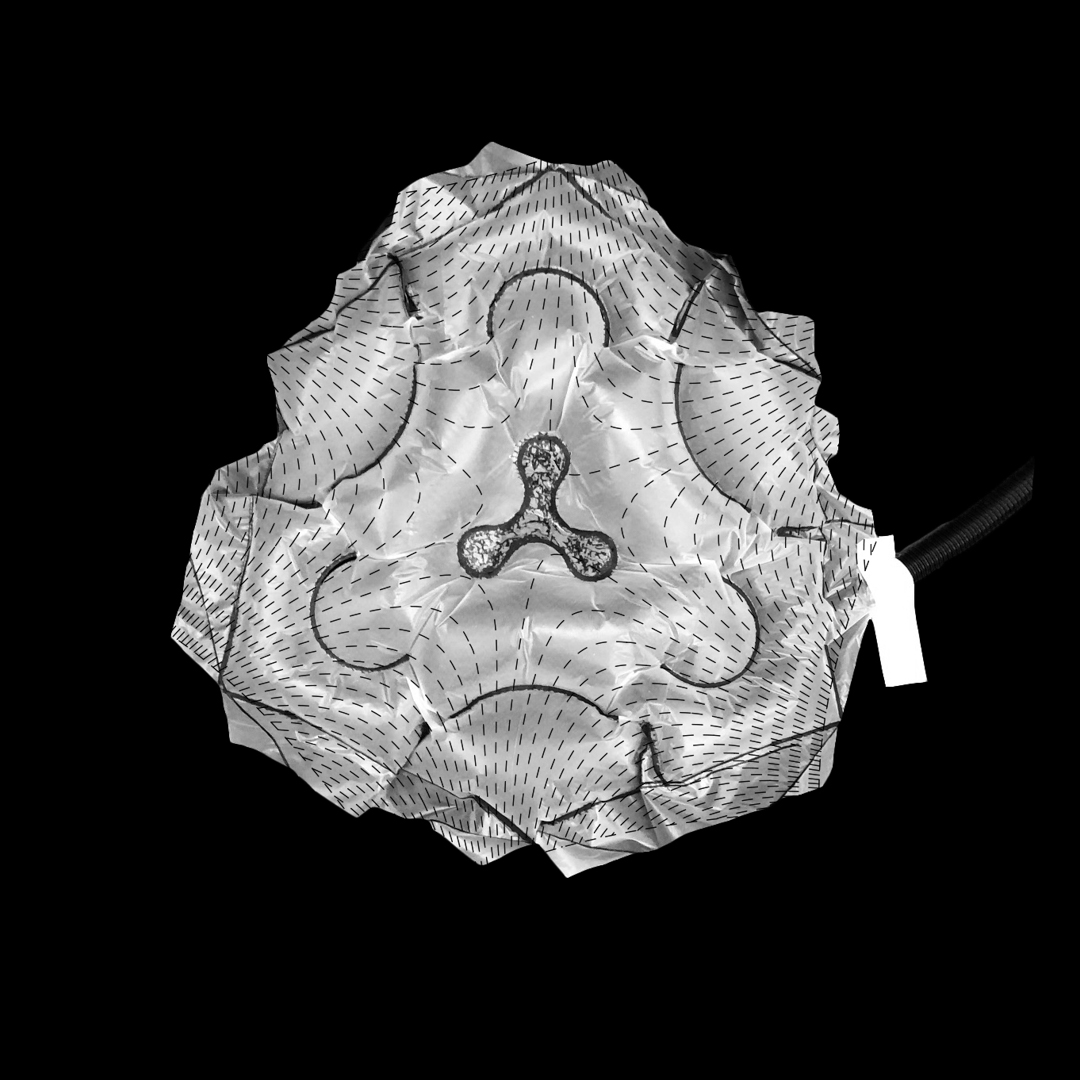
[Credits]:
Faculty: Ajmal Aqtash
Students: Vahhab Aboonour, Andreas Tellman, Iyatunde Majekodunmi, Haven Gordon, Mandy Xie, Andy Plasencia
FORM AND TIME
ACTUATED ORIGAMI SURFACE (1-4)
In this seminar students built a mechanically actuated origami surface. A single motor’s rotation is translated through a series of cams into linear motion along a column. A folded surface is then carefully attached to these linear actuators to create an undulating surface.
THICK ORIGAMI (5-8)
Students in this seminar developed a novel thick origami folding technique that uses a universal joint to allow select folds to separate. The separation creates a V shape that allows the thick material to nest into each other when the surface is folded. The final installation is a tall thick origami surface made with hundreds of custom made universal joints.
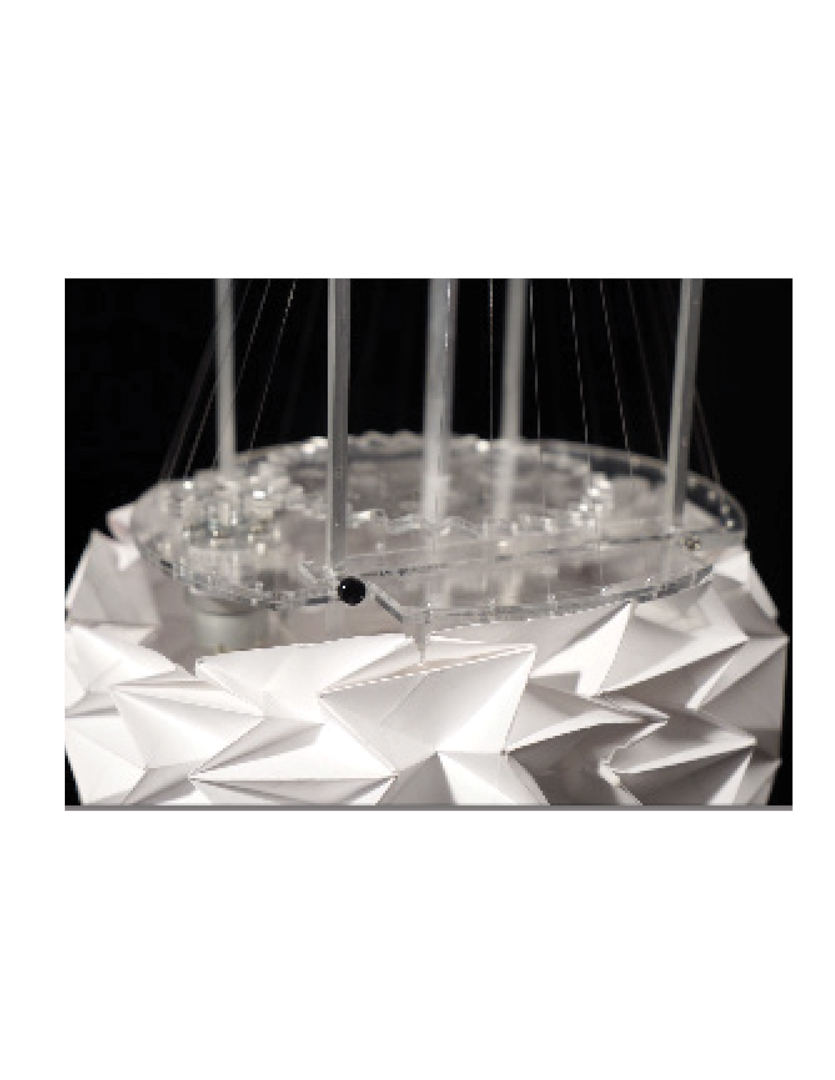
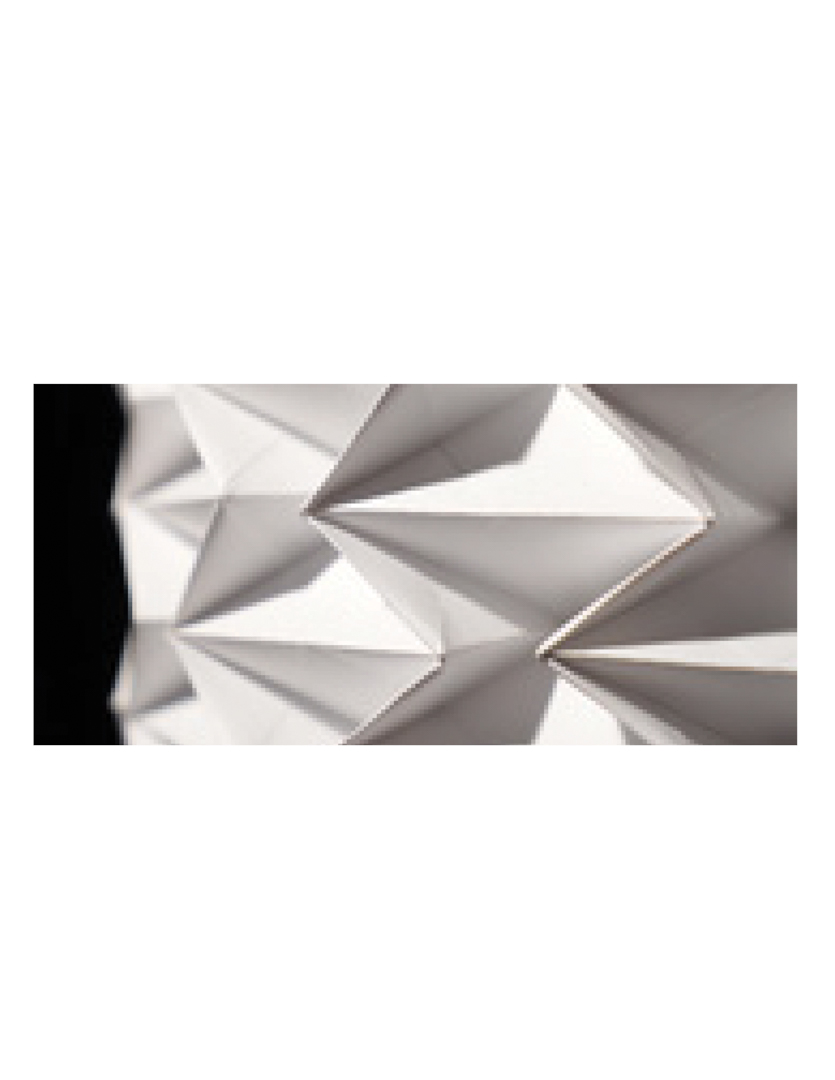
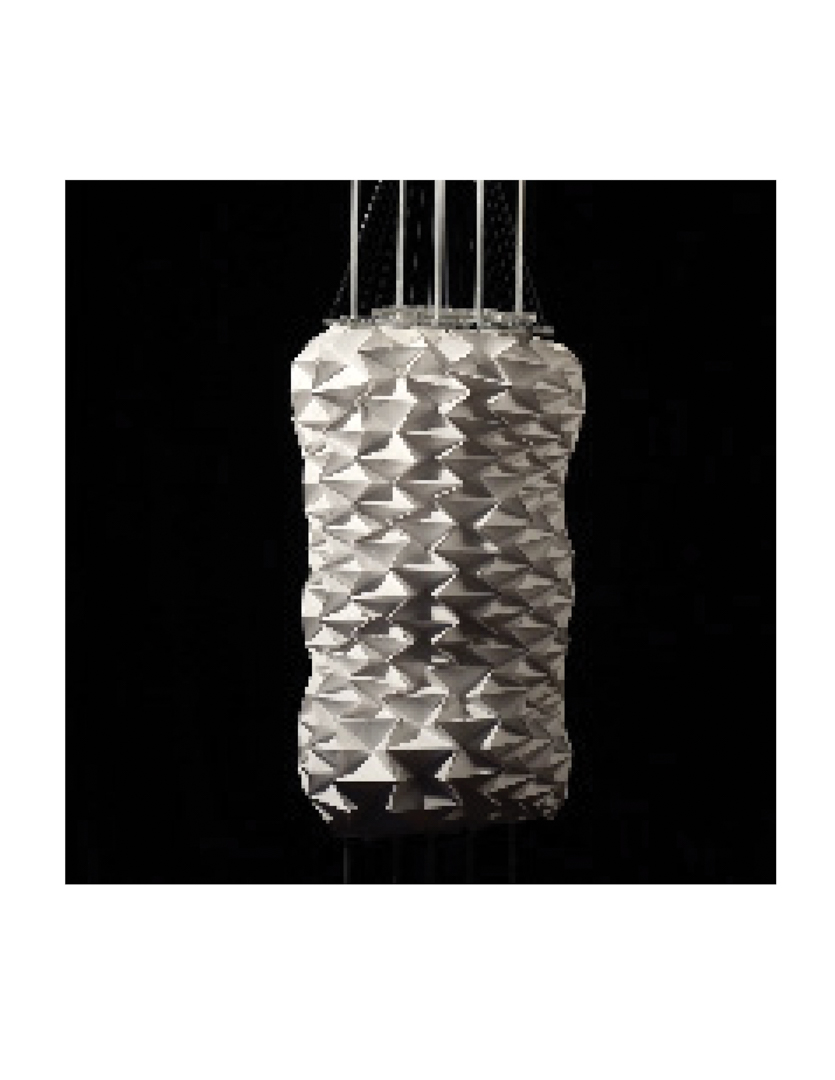
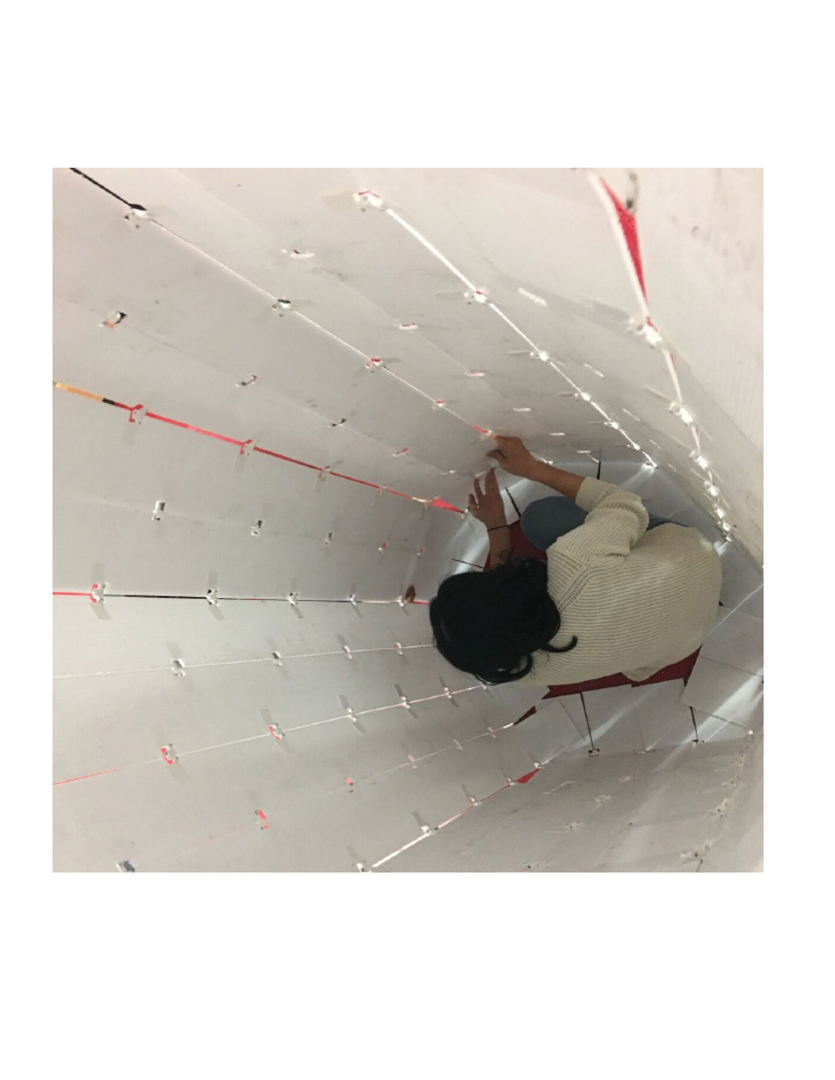
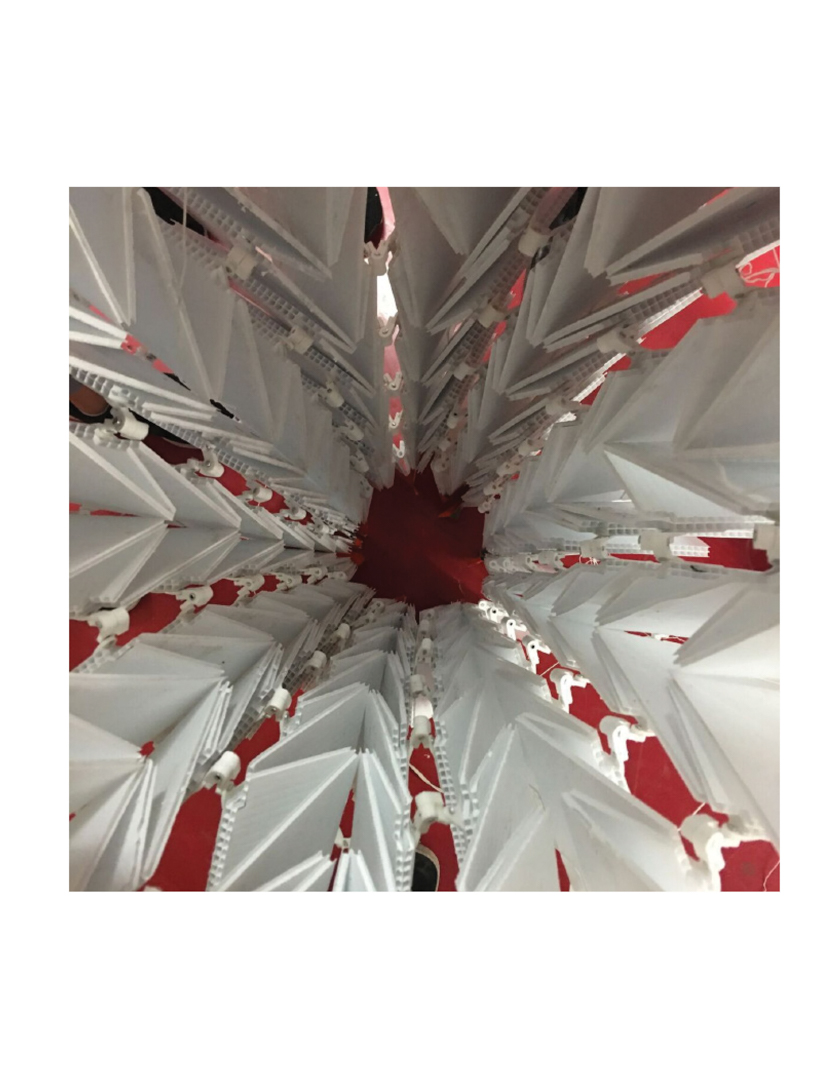
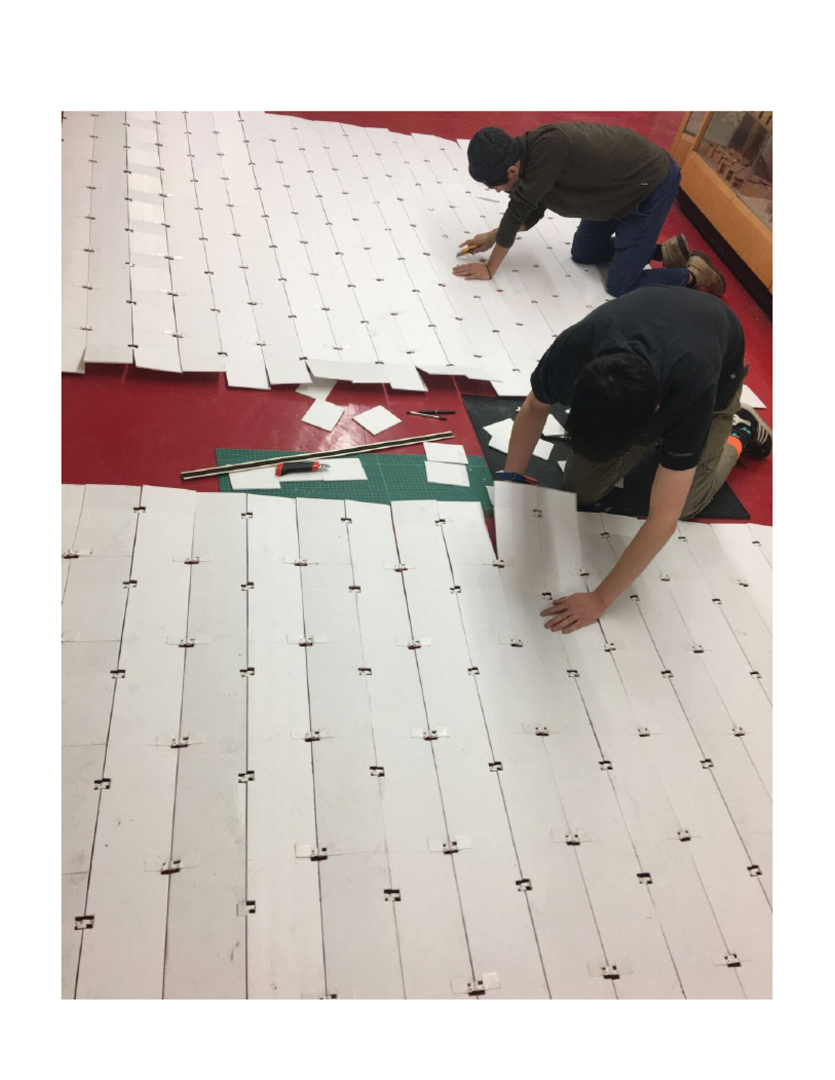
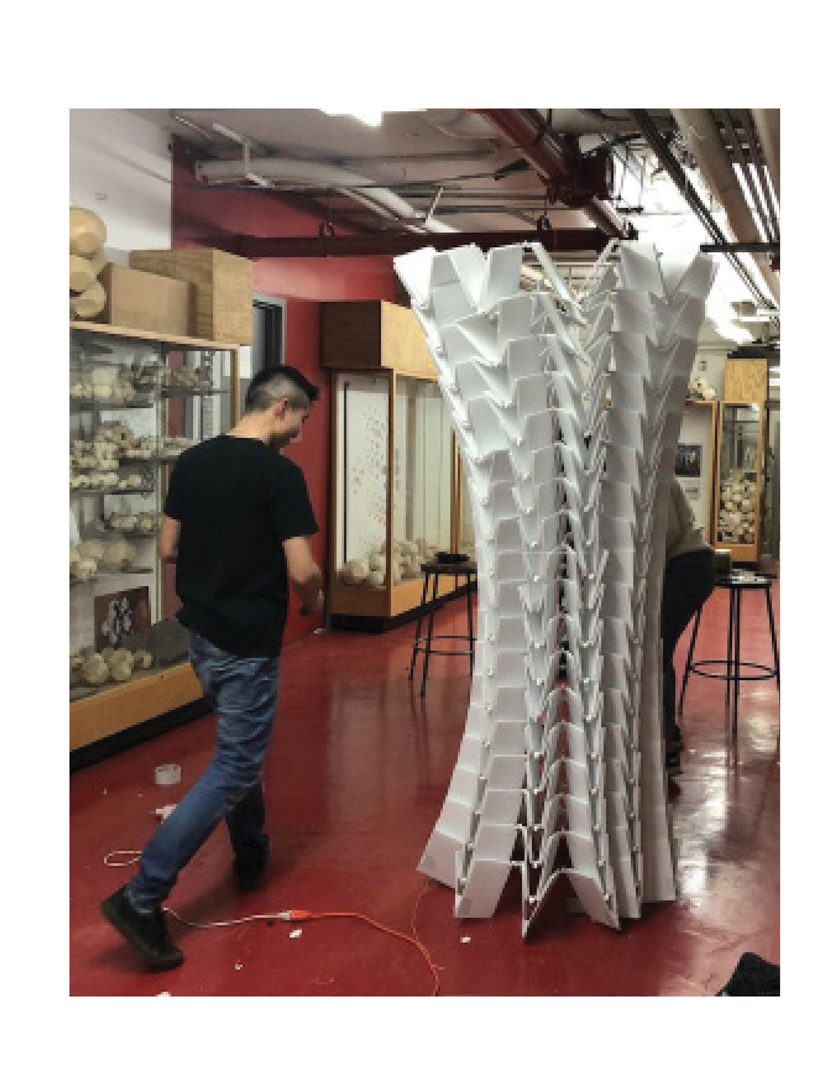
[Credits]:
Faculty: Che-Wei Wang & Haresh Lalvani
Students: Choate, Jacob Hedaya, Mingxuan Qin,
Tom Xia, Ed Wu, Mengxi He, Li Jin, Michael Schechner, Mandy Xie, Yankun Yang
MINIMAL SURFACE SHELLS
Our multi-Semester experiment of using a robotically milled form (Chen-Gackstatter Surface) to construct minimal surface shells has yielded its first carbon fiber tests, with the objective of exploring how new materials can develop new structural systems. We have paired our analogue studies with digital studies taking known mathematical minimal surface model ‘unit cells’ and morphing them into new structures. One experiment took a Schoen’s Hybrid-1 [P,F-RD]* Surface and explored morphing it into a spherical subdivision, while another experiment took a Schoen’s I-WP (r)* Surface and explored toroidal morphings. These systematic morphings suggest new architectural spaces with familiar architectural elements like vaults, arches, and domes.
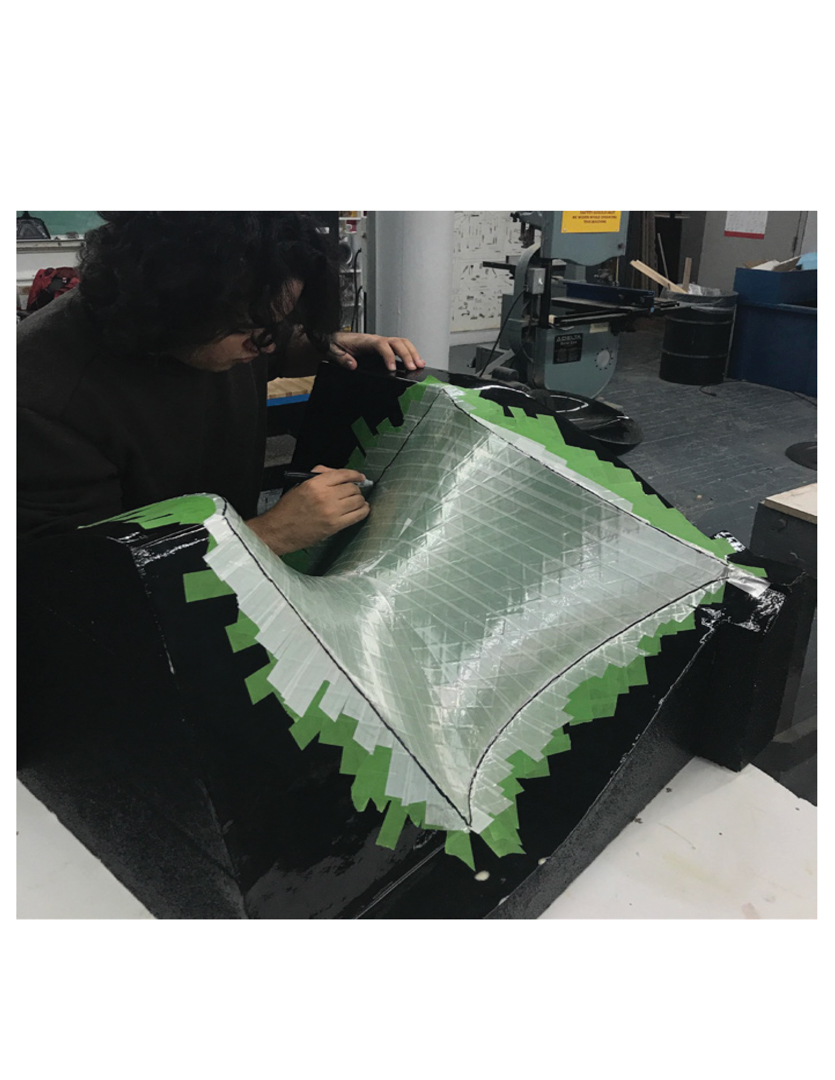
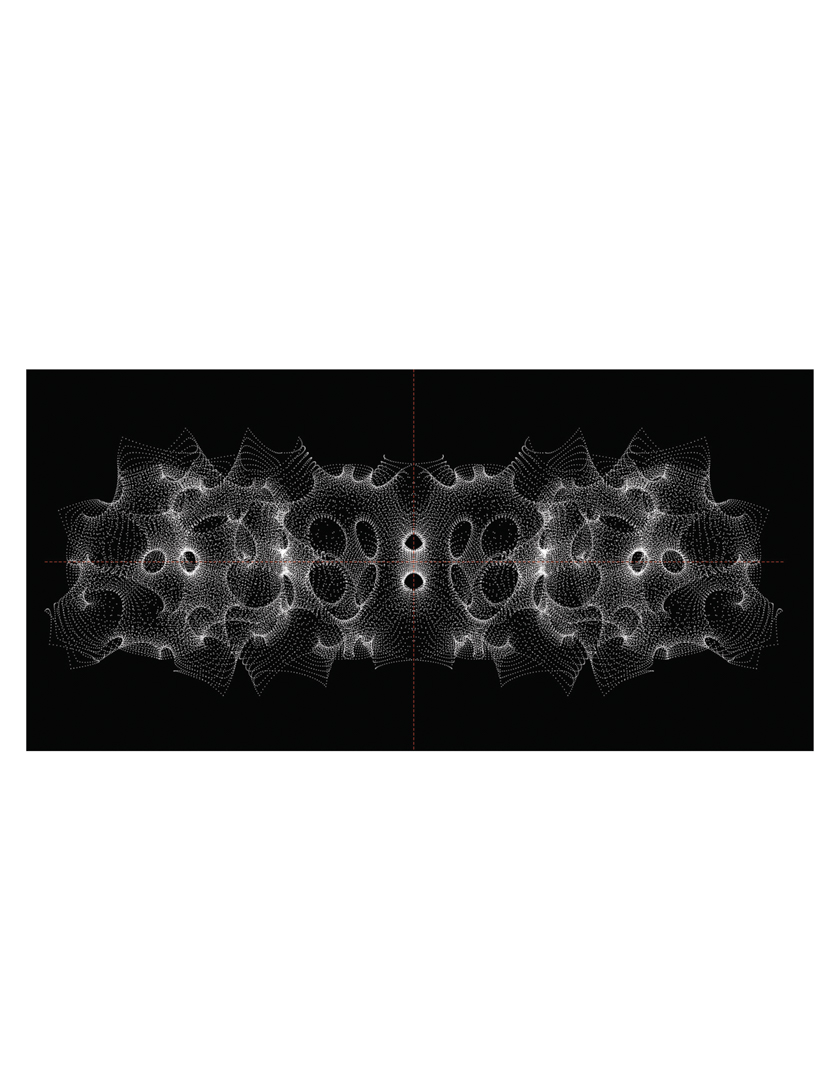
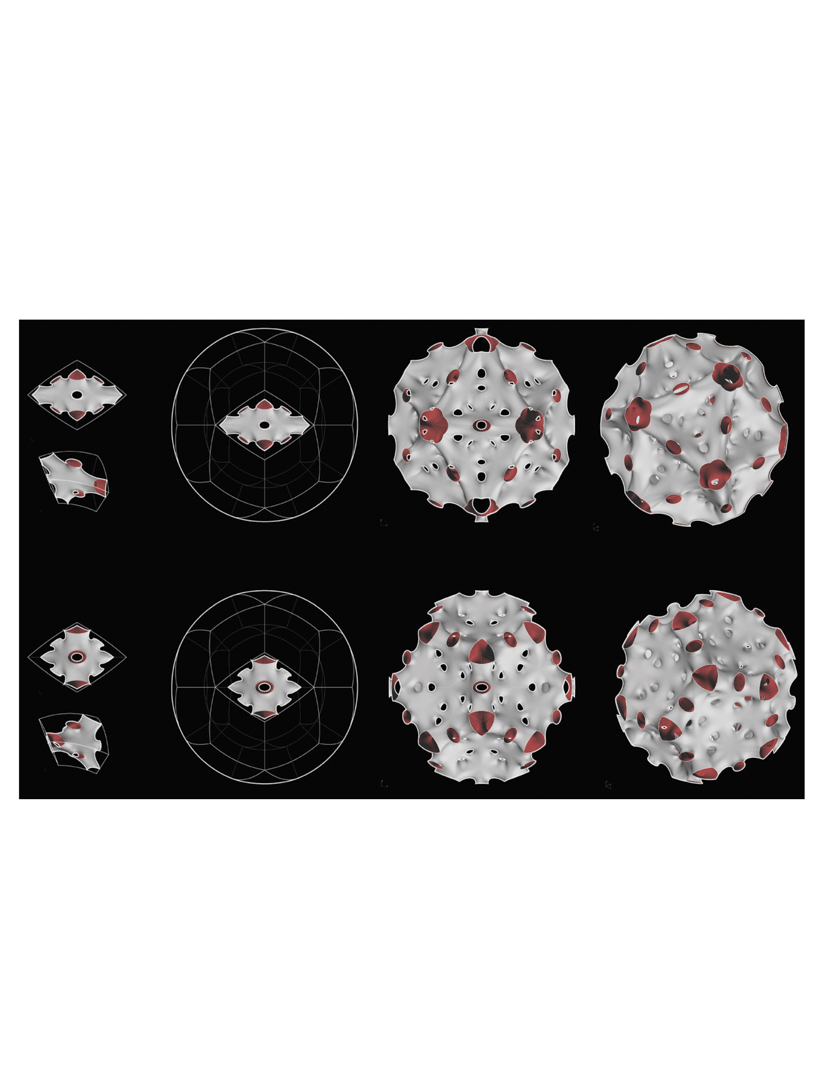
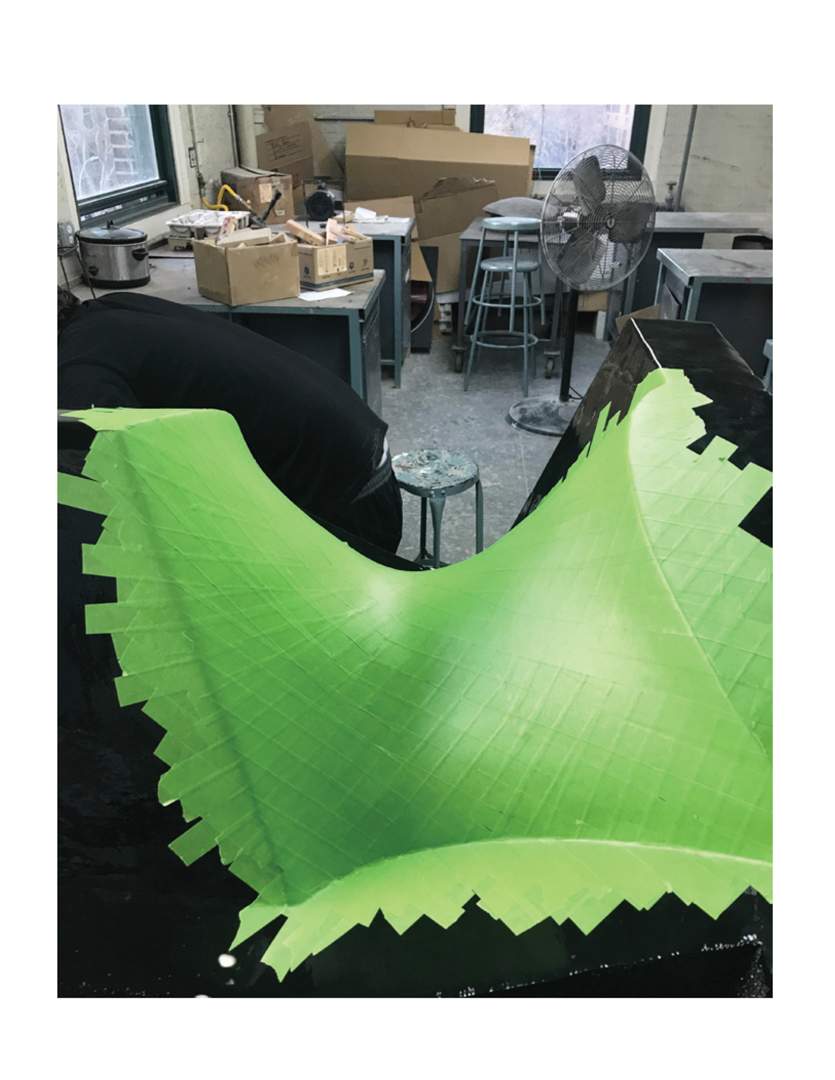
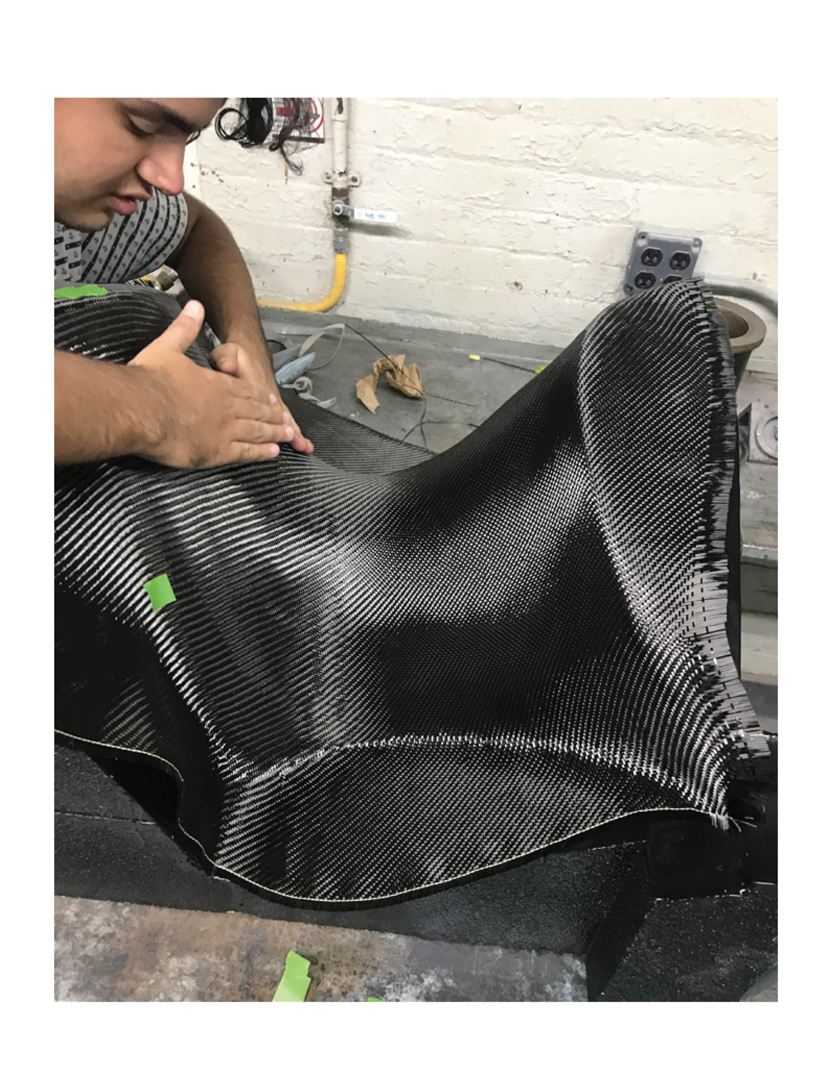
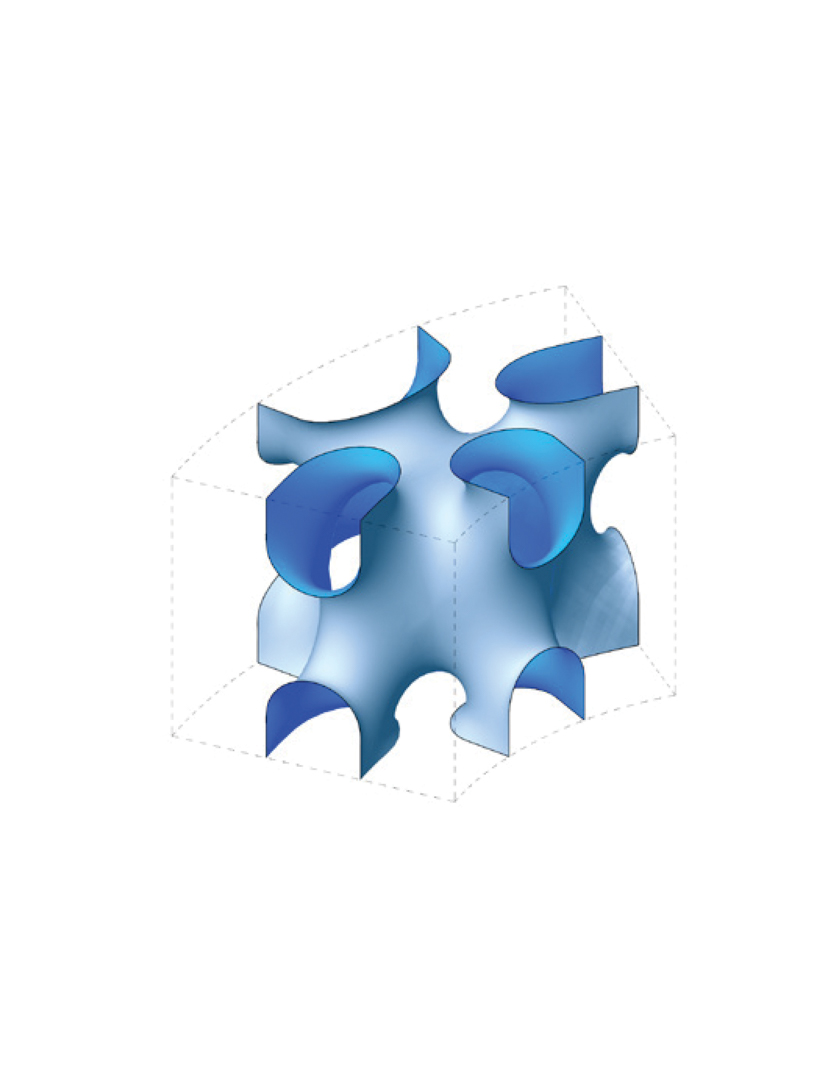
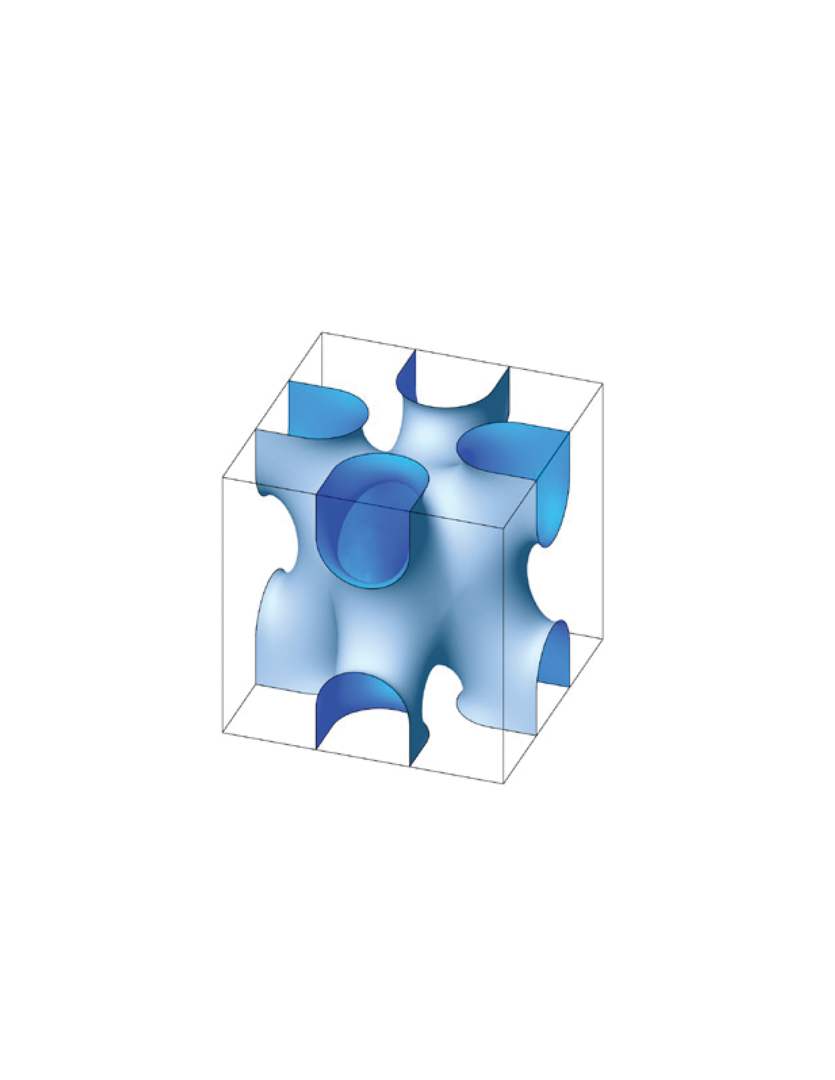
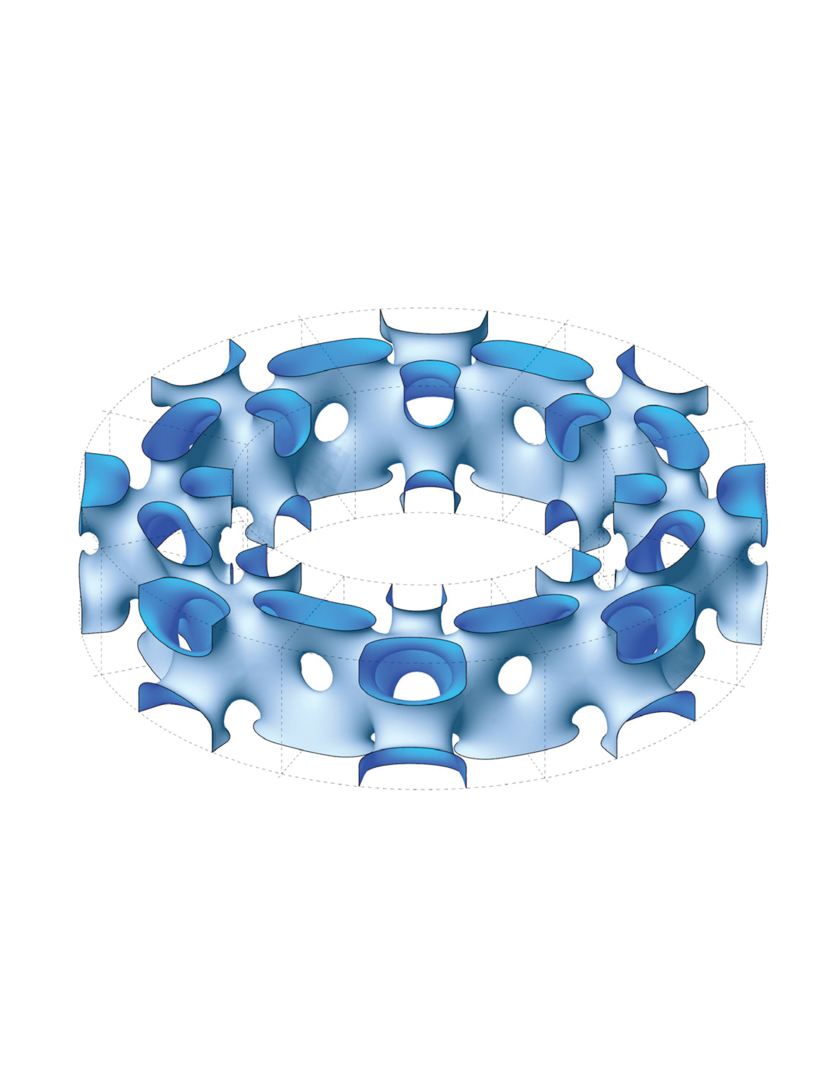
[Credits]:
Faculty: John Gulliford
Students: Arie Solomon, Dan Rodriguez, Alicem Bozdag, Adam Apostolos
